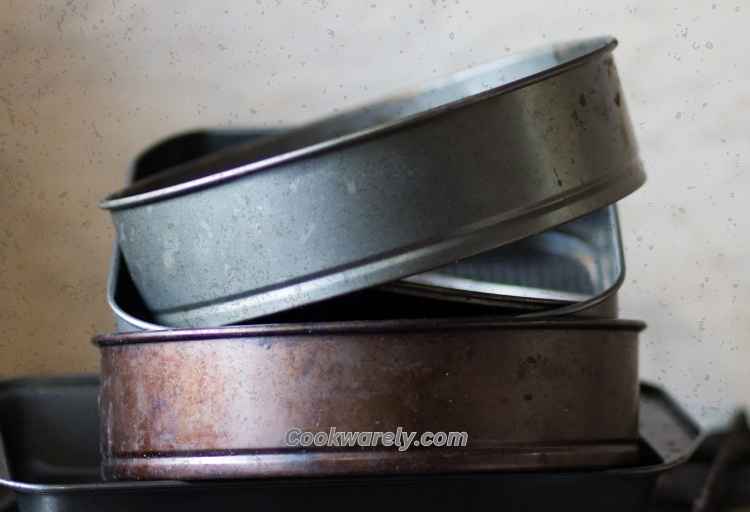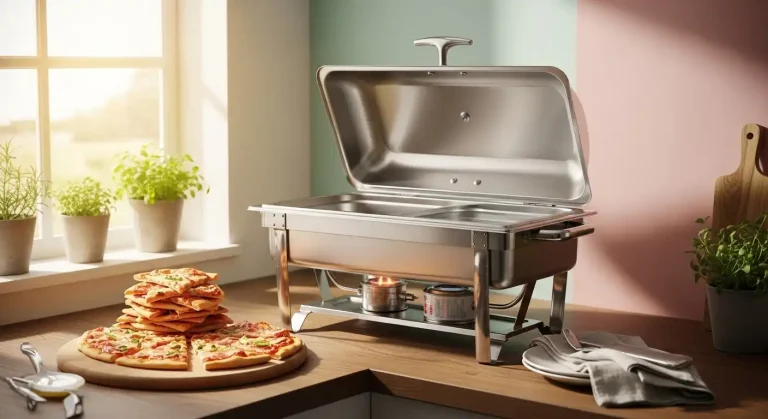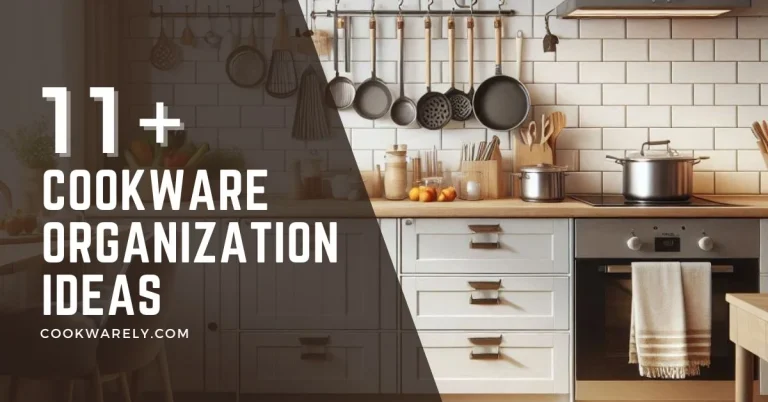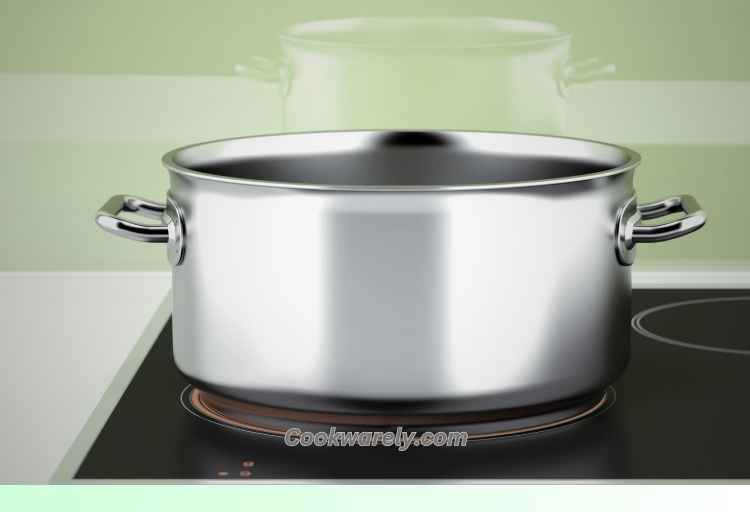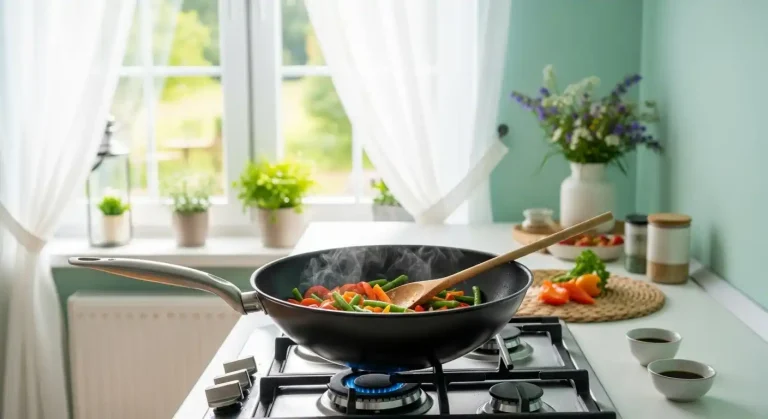Will Cast Iron Scratch An Induction Cooktop? Explained!
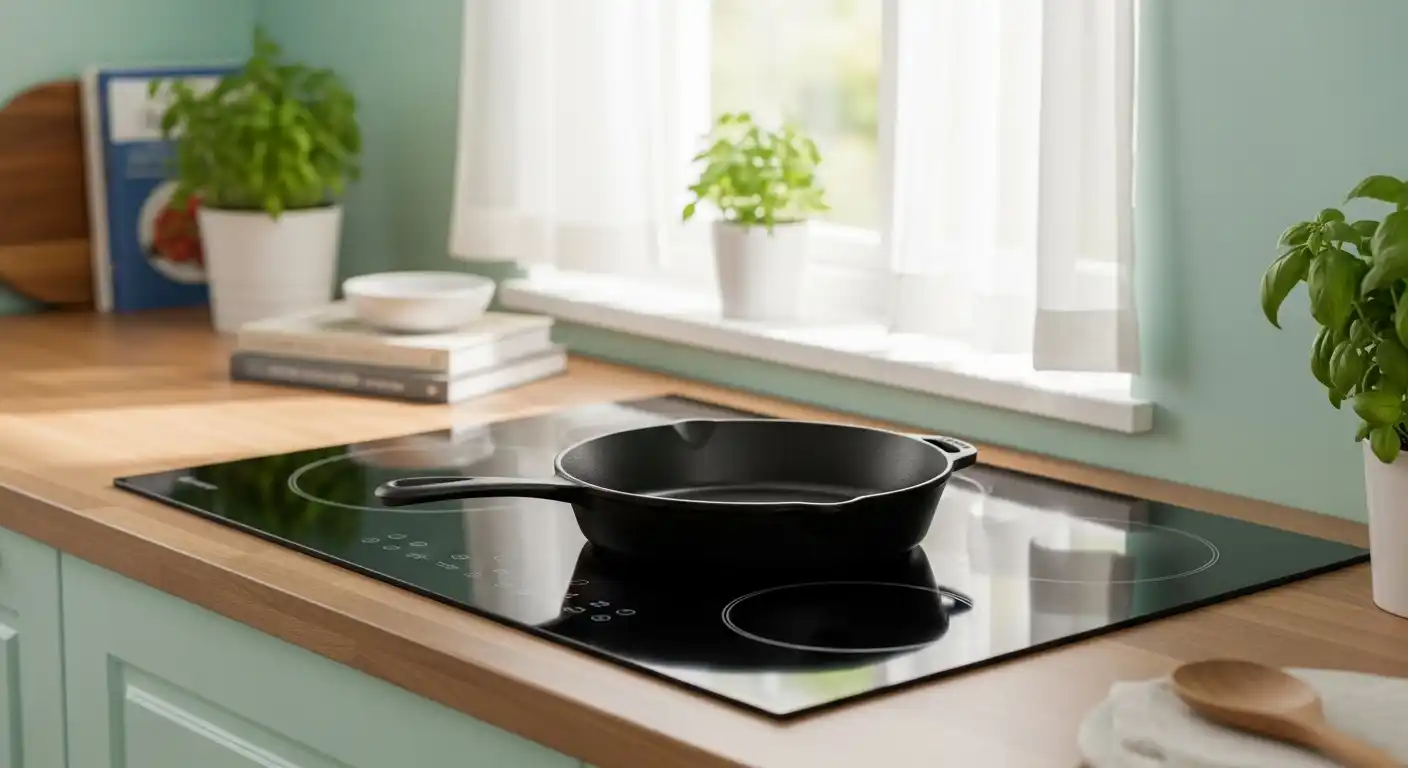
Induction cooktops are sleek, modern, and energy-efficient, making them a favorite in many kitchens.
But if you’re a cast iron enthusiast, you might be wondering: Will cast iron scratch an induction cooktop?
This question pops up often, especially for those who love the durability and versatility of cast iron cookware but worry about damaging their shiny new appliance.
Let’s dive into the details to explore whether these two kitchen powerhouses can coexist peacefully.
🎄 Christmas & Year-End Amazon Deals !
Don’t miss out on the best discounts and top-rated products available right now!
*As an Amazon Associate, I earn from qualifying purchases.
Understanding Induction Cooktops and Cast Iron
Induction cooktops use electromagnetic fields to heat cookware directly, requiring pots and pans made of ferromagnetic materials like cast iron or certain steels.
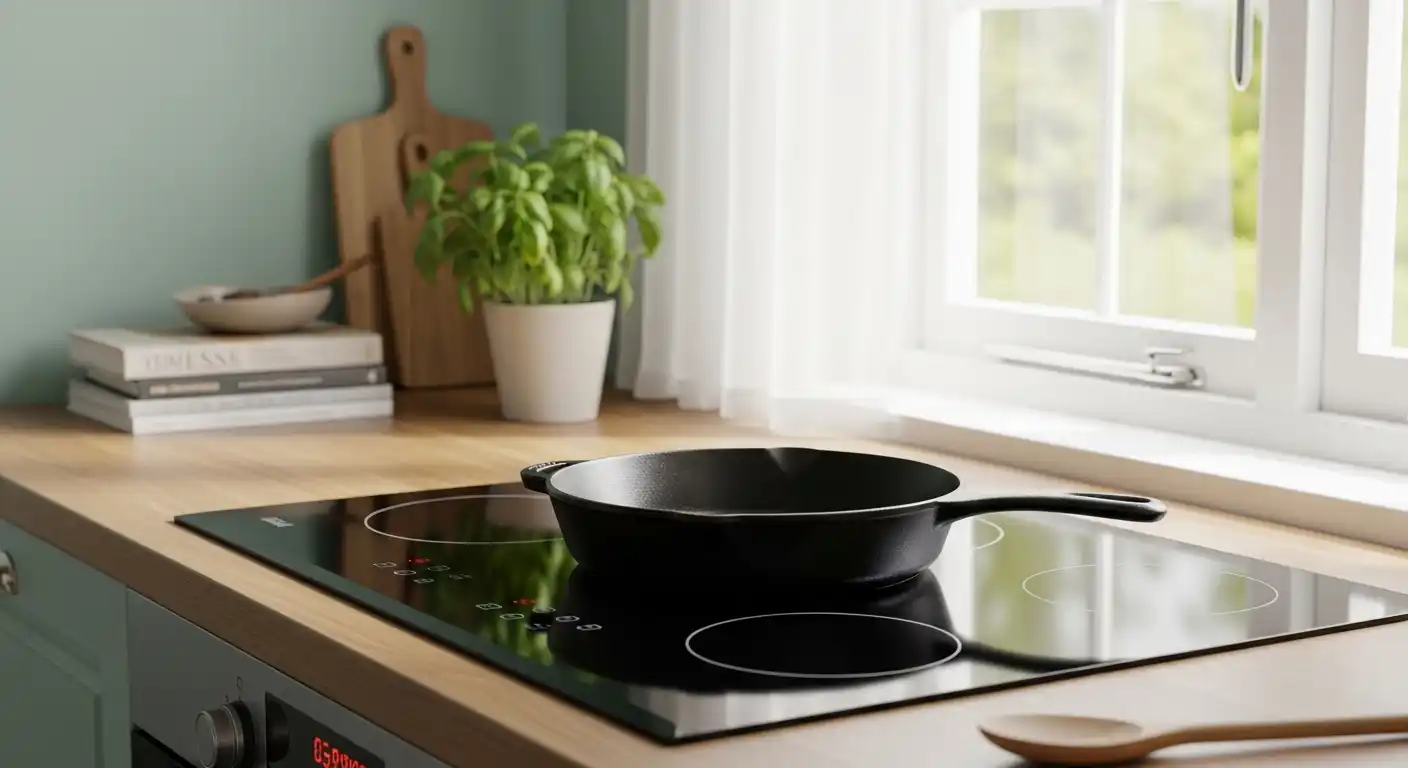
Cast iron skillets are perfectly compatible with induction cooktops, making them a go-to choice for many home cooks.
However, their weight and texture raise concerns about potential scratches on the smooth glass surface of induction cooktops.
Cast iron is heavy, rugged, and often has a slightly rough bottom, especially if it’s not enameled.
This texture comes from the manufacturing process and can feel gritty to the touch.
On the other hand, induction cooktops have a glossy, glass-ceramic surface that looks pristine but can seem delicate.
So, it’s natural to wonder if the two are a risky match.
Can Cast Iron Scratch Your Induction Cooktop?
The short answer is: yes, cast iron can scratch an induction cooktop, but it’s not a given.
Whether scratches occur depends on several factors, including how you use and maintain your cookware.
The rough texture of traditional cast iron, especially non-enameled pieces, can create friction against the glass surface.
If you slide or drag the pan across the cooktop, small scratches or scuff marks may appear over time.
However, not all cast iron cookware poses the same risk. Enameled cast iron, like a cast iron Dutch oven, has a smooth, coated bottom that’s gentler on induction surfaces.
Even with traditional cast iron, proper care and technique can minimize or prevent damage entirely.
Factors That Influence Scratching
Cookware Condition
The condition of your cast iron plays a big role.
🎄 Christmas & Year-End Amazon Deals !
Don’t miss out on the best discounts and top-rated products available right now!
*As an Amazon Associate, I earn from qualifying purchases.
A well-seasoned skillet, like one you’ve learned to care for by following tips on how to use a pre-seasoned cast iron skillet for the first time, has a smoother surface due to the layers of seasoning.
This reduces the likelihood of scratching compared to a brand-new or poorly maintained pan.
If your cast iron has rust, residue, or rough patches, it’s more likely to cause scratches.
Regular maintenance, such as cleaning a cast iron wok or skillet properly, keeps the surface smoother and safer for your cooktop.
Usage Habits
How you handle your cast iron matters.
Sliding or dragging a heavy skillet across the cooktop can create micro-abrasions, especially if food particles or debris are trapped underneath.
Instead, lift the pan when moving it to avoid direct friction.
Also, avoid dropping your cast iron onto the cooktop.
The weight of a skillet, especially a Lodge cast iron wok, could crack or chip the glass if mishandled.
Cooktop Quality
Not all induction cooktops are created equal.
Higher-quality models often feature more durable glass-ceramic surfaces that resist scratches better.
If you’re investing in a new cooktop, research its scratch resistance and consider models designed to handle heavier cookware.
🎄 Christmas & Year-End Amazon Deals !
Don’t miss out on the best discounts and top-rated products available right now!
*As an Amazon Associate, I earn from qualifying purchases.
How to Prevent Scratches When Using Cast Iron
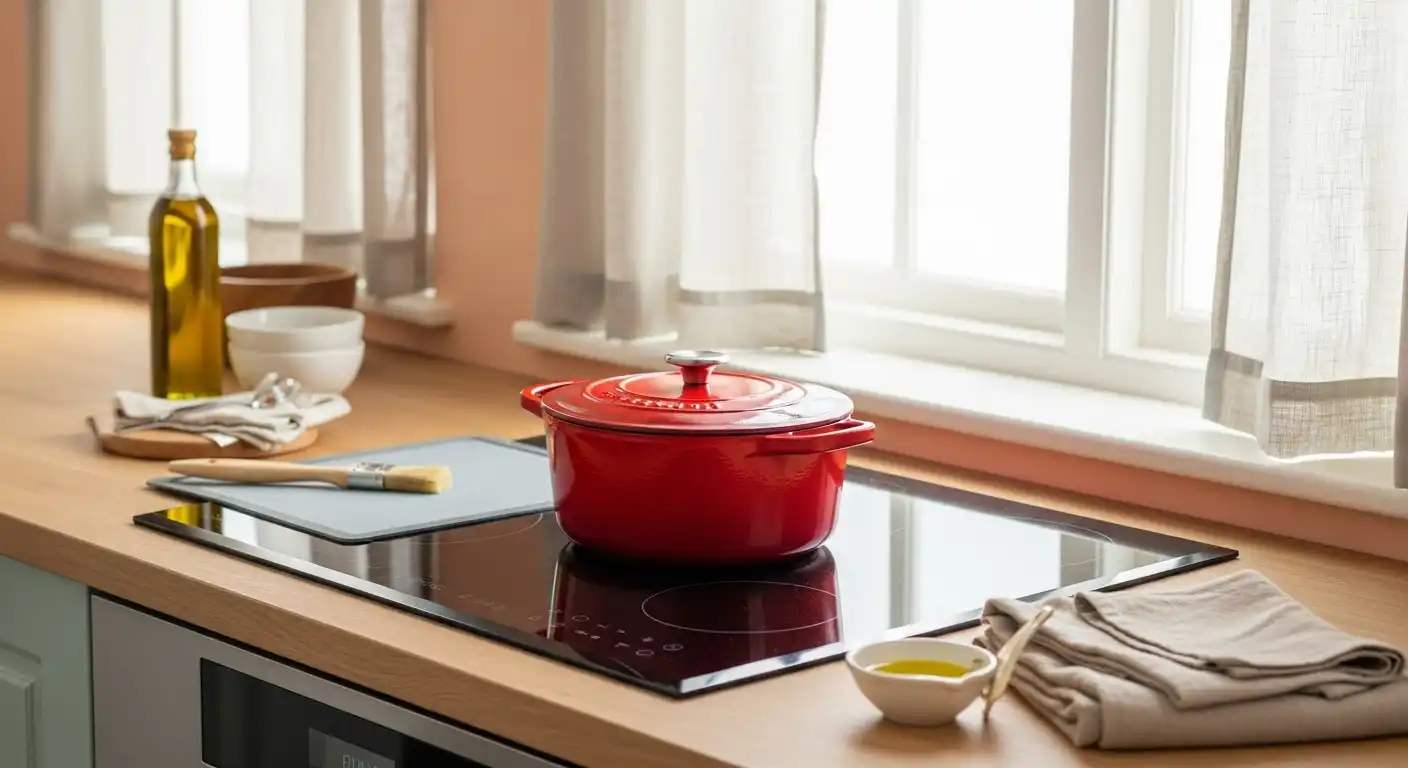
The good news? You can use your beloved cast iron on an induction cooktop without worry if you take a few precautions.
Here are practical tips to keep both your cookware and cooktop in top shape:
Choose Enameled Cast Iron
Enameled cast iron has a smooth, non-stick coating that’s less likely to scratch glass surfaces.
It’s ideal for induction cooking and versatile enough for tasks like deep frying in enameled cast iron.
Brands like Le Creuset or Staub offer durable options that combine cast iron’s heat retention with a gentler surface.
Season Your Cast Iron Properly
A well-seasoned cast iron skillet has a slick, polished surface that reduces friction.
Seasoning acts like a protective layer, smoothing out the pan’s texture.
If you’re unsure how to maintain that seasoning, check out tips on how often to replace or reseason a cast iron skillet.
Use a Protective Barrier
Consider placing a silicone mat, parchment paper, or a thin cloth between the cast iron and the cooktop.
These barriers reduce direct contact while still allowing the electromagnetic field to heat the pan.
Just ensure the material is heat-safe and doesn’t interfere with cooking.
Clean Both Surfaces Regularly
Debris like food particles or grit can get trapped under the pan, increasing the risk of scratches.
🎄 Christmas & Year-End Amazon Deals !
Don’t miss out on the best discounts and top-rated products available right now!
*As an Amazon Associate, I earn from qualifying purchases.
Wipe down your cooktop after each use, and ensure your cast iron is clean and free of residue.
Avoid using abrasive cleaners on either, as they can damage the cooktop or strip the seasoning from your skillet.
Handle with Care
Lift your cast iron when repositioning it instead of sliding it.
This small habit makes a big difference in preventing scratches.
If you’re using a heavy piece like a cast iron Dutch oven vs. a stainless steel pot, be extra mindful of its weight.
What to Do If Scratches Happen
Minor scratches on an induction cooktop are often cosmetic and don’t affect performance.
However, they can be frustrating if you love a pristine kitchen. For light scratches, try cleaning the cooktop with a non-abrasive cleaner or a specialized glass cooktop polish.
Deeper scratches may require professional repair or, in rare cases, cooktop replacement.
To avoid further damage, inspect your cast iron for rough spots or residue.
If you notice black residue on your cast iron skillet, it could indicate improper seasoning or cleaning, which might contribute to scratching.
Benefits of Using Cast Iron on Induction Cooktops
Despite the scratching concern, cast iron and induction cooktops are a match made in culinary heaven.
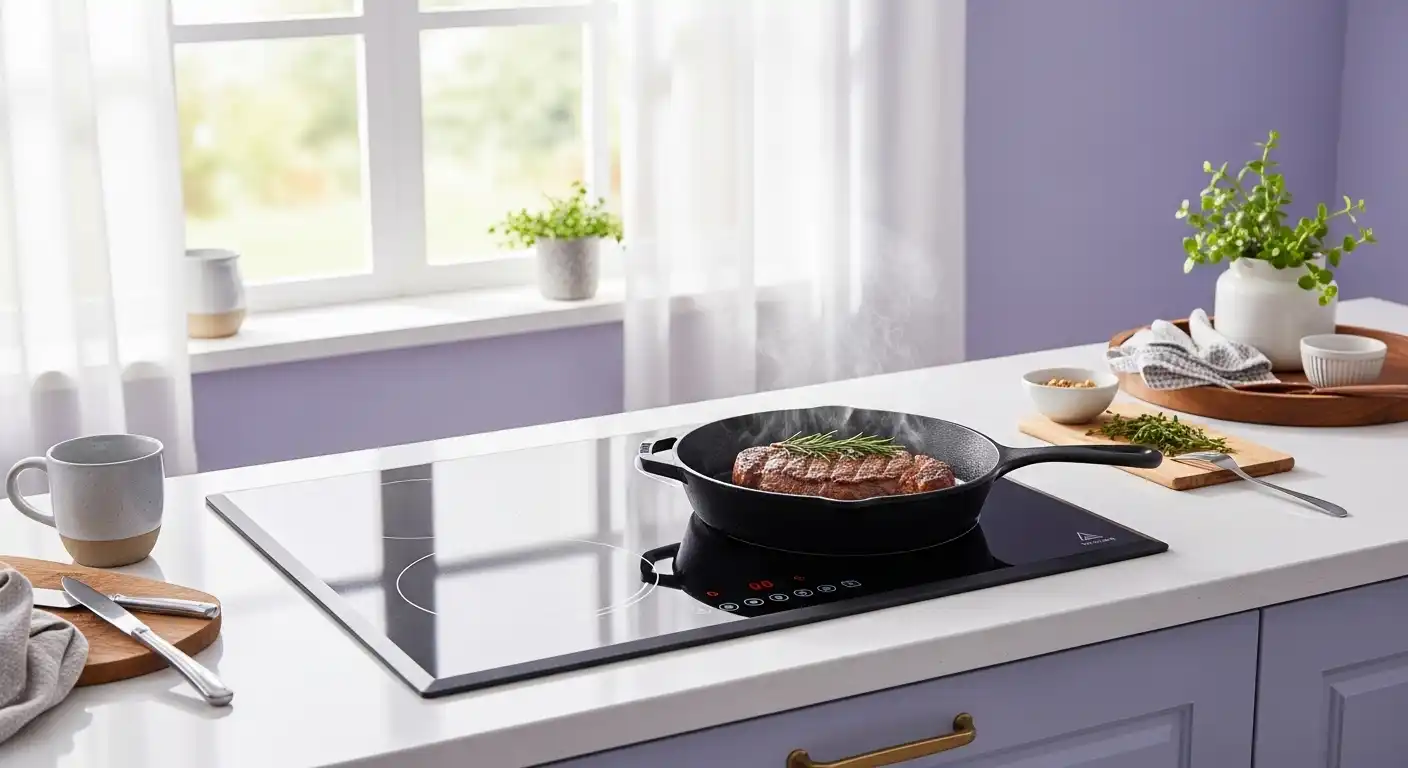
Cast iron’s ferromagnetic properties make it highly efficient on induction, heating quickly and evenly.
🎄 Christmas & Year-End Amazon Deals !
Don’t miss out on the best discounts and top-rated products available right now!
*As an Amazon Associate, I earn from qualifying purchases.
It’s perfect for searing, frying, or even baking, as you can take it from stovetop to oven with ease—learn more about this in can your cast iron skillet go in the oven?.
Plus, cast iron is durable and long-lasting. A good skillet, like those discussed in how much does a good cast iron skillet cost?, can last for generations with proper care.
Compare this to alternatives explored in what can you use instead of the cast iron skillet?, and cast iron often comes out on top for versatility and value.
Common Myths About Cast Iron and Induction Cooktops
Myth: Cast Iron Always Scratches Induction Cooktops
As we’ve discussed, scratching isn’t inevitable. With proper care, you can use cast iron safely on your cooktop for years without issue.
Myth: You Can’t Use Cast Iron on Induction
This is false—cast iron is one of the best materials for induction cooking due to its magnetic properties.
In fact, a cast iron skillet on a glass top stove or induction cooktop performs exceptionally well.
Myth: Enameled Cast Iron Isn’t Worth It
While pricier, enameled cast iron reduces scratching risks and requires less maintenance than traditional cast iron.
It’s a worthwhile investment for induction users.
Final Thoughts
So, will cast iron scratch an induction cooktop? It can, but with the right precautions, you can minimize or eliminate the risk.
By choosing enameled cast iron, maintaining proper seasoning, and handling your cookware with care, you can enjoy the best of both worlds: the unbeatable performance of cast iron and the sleek efficiency of an induction cooktop.
Whether you’re searing a steak, stir-frying in a cast iron wok vs. a traditional skillet, or baking cornbread, cast iron is a versatile tool that pairs beautifully with induction technology.
Just treat your cooktop with care, and it’ll stay scratch-free and sparkling for years to come.
For more tips on using and caring for your cast iron, explore related topics like how to store food in cast iron cookware or how to tell how old is a cast iron skillet.
🎄 Christmas & Year-End Amazon Deals !
Don’t miss out on the best discounts and top-rated products available right now!
*As an Amazon Associate, I earn from qualifying purchases.

